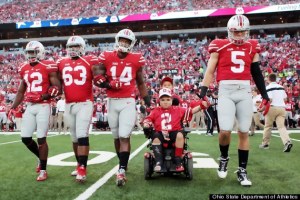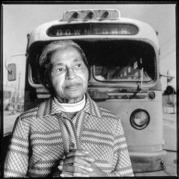Born in South Africa, schooled at St. Michael’s University School in Victoria BC, and a diminutive 1.91 metres and 82 kilograms, not exactly the recipe for National Basketball Association success, but therein lies the magic of Steve Nash.
He attended a small California college, Santa Clara, and was drafted in the first round by the Phoenix Suns. The fans booed management’s choice; how could he be a real basketball player? Two years later he was shipped to Dallas for virtually nothing. And then Steve Nash took off. With Dallas and Phoenix he was the league’s MVP in two successive years and runner-up the following year and named an NBA all-star 8 times. His teams consistently made it to the playoffs. He was ranked as one of the top players in NBA history in three-point shooting; free throw shooting, and total assists and assists per game. And, according to Steve Nash, his greatest career highlight was as captain for Canada in the 2000 Sydney Olympics. This week he announced his retirement.
His passes were pieces of art and he transformed the role of the point guard in the game. “He took not just control, but responsibility, and made his teammates better.” Steve Nash also took responsibility off the court establishing very early in his career a foundation to help underserved children focusing on child health and education. His work has not only impacted children in Canada but through the United States and even South America. For his efforts he received the Walter Kennedy Citizenship Award, the NBA’s award for outstanding community work, an honorary doctor of laws from the University of Victoria, and the Order of Canada.
Steve Nash is the little engine that could. In an age of athletes whose egos rival their compensation, he was the exception. He knew that he had to work every day to remain competitive. He understood the nature of obligation and service and that those athletes have a responsibility both on and off the court. He has been a role model for thousands of children who dream of one day being Steve Nash. If those children grow up with his positively competitive spirit, his commitment to support those on and off the court, and his understanding of where he came from and where he is going, it will be an incredible legacy.



